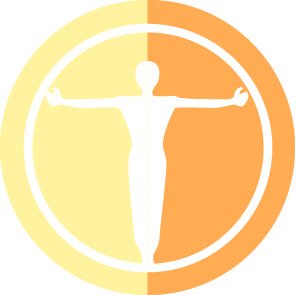A growing number of physiotherapists and chiropractors are raising awareness of their craft. Amanda Saxton meets the professionals who are keeping Cambodia on the move. Photograph by Conor Wall.
Cambodia’s national football league has embraced the services of Dutch physiotherapist Lidwina Niewold, who advises and massages felled players in humid heat and pouring rain alike. That the skilled sportsmen are willing to dart to the sidelines in order to seek her ministrations shows a growing acceptance of her role in a country where the concept of manual therapy is, for many, relatively new.
Manual therapy is an umbrella term for practices such as chiropractics and physiotherapy, which seek the root of musculoskeletal pain. Chiropractors emphasise the correction of the spinal column, while physiotherapists are more interested in muscles, but both use techniques that can alleviate joint pain or general aches, aid mobility and promote rehabilitation after an injury or surgery.
“If your spine is misaligned, it can create an interference in the nervous system, which leads to a symptom — pain,” says Dr Christophe Savouré, of the International Chiropractic Clinic in Phnom Penh.
“Pain is demobilising. My goal is to remove all interference to allow the body to work better,” adds the French chiropractor, who once stopped a man’s feet from stinking after manipulating his back, demonstrating the relationship between spine and nervous system.
While in many countries a trip to the physiotherapist or chiropractor is often a go-to solution for a strained muscle or an out-of-whack back, professionals say that both fields remain relatively unknown in Cambodia.
At Physiotherapy Phnom Penh practice, patients include stroke victims and those suffering from sporting injuries, though “participation in Phnom Penh’s traffic” still brings in the most clients, according to physiotherapist Dick van der Poel.
Cambodian patients make up just 20 percent of clientele, adds his Physiotherapy Phnom Penh colleague Niewold, with most stopping by out of curiosity or being drawn in by word of mouth.
Kanha Neth, a 25-year-old Cambodian physiotherapist who has previously worked at Rose Cambodia Rehab Centre at Chey Chumneas Referral Hospital, explains that pills remain the primary means of pain relief in Cambodia. With potent painkillers readily available over the counter, experts say that such drugs may mask muscular or skeletal pain, rather than fixing the base cause. “Pain tells you something is wrong with your body. Shooting the messenger solves nothing,” says Dr Savouré.
Traditional massage is another popular way to relieve muscle and joint problems, says Neth. While it can ease tension, Niewold stresses that a lack of communication or medical training makes most masseuses unsuitable for uncovering the cause of pain or mobilising joints.
“Physiotherapists try more to focus on why the muscle is tensed up. Is it because of bad posture behind the computer?” she adds. “If you’re not going to do anything about the actual reason, it will come back.”
Experts agree that in some cases surgery can be avoided, and in others physiotherapy can at least enhance post-surgery rehabilitation. “You can wake up after a moto crash with five screws in your back,” adds Van der Poel. “The surgeon may have done a perfect job, but if you get an infection afterwards or don’t exercise to regain movement, you’re stuck.”
And while a physiotherapy diploma is available for Cambodians at the Technical School for Medical Care, Neth — who won a scholarship for her training — explains that finding a relevant job can be tough. The approximate 30 graduates per year are not always prioritised in hospitals and often work as pharmacists or in other understaffed areas, she says.
Many professionals in the field would also welcome more referrals. “We’d love to see more patients. Especially patients from within the hospital,” says Erin Hooper, an Australian volunteer at the Rose Cambodia Rehab Centre.
Progress is being made, as clinics such as Rose Cambodia, Physiotherapy Phnom Penh and the International Chiropractic Centre increase understanding of manual therapy in medical fields. Some invite local doctors to their premises to explain the role their practice can play in rehabilitation, with others conducting seminars in hospitals, more of which are planned.
“If doctors don’t know what we can do for patients, they can’t help their patients,” says Niewold, whose work with the national football league is also raising the profile of her profession, while opening eyes to both treatment and career opportunities.
Thanks to photographs of her work being posted on Facebook, a girl who wants to follow in her footsteps contacted her online. “That she wants to do what I do is not a compliment for me, but a compliment for the fact I am there on the field, in public,” says Niewold. “It’s a compliment for the physio profession.”
https://www.asialifemagazine.com/cambodia/physiotherapists-chiropractors-cambodia/


